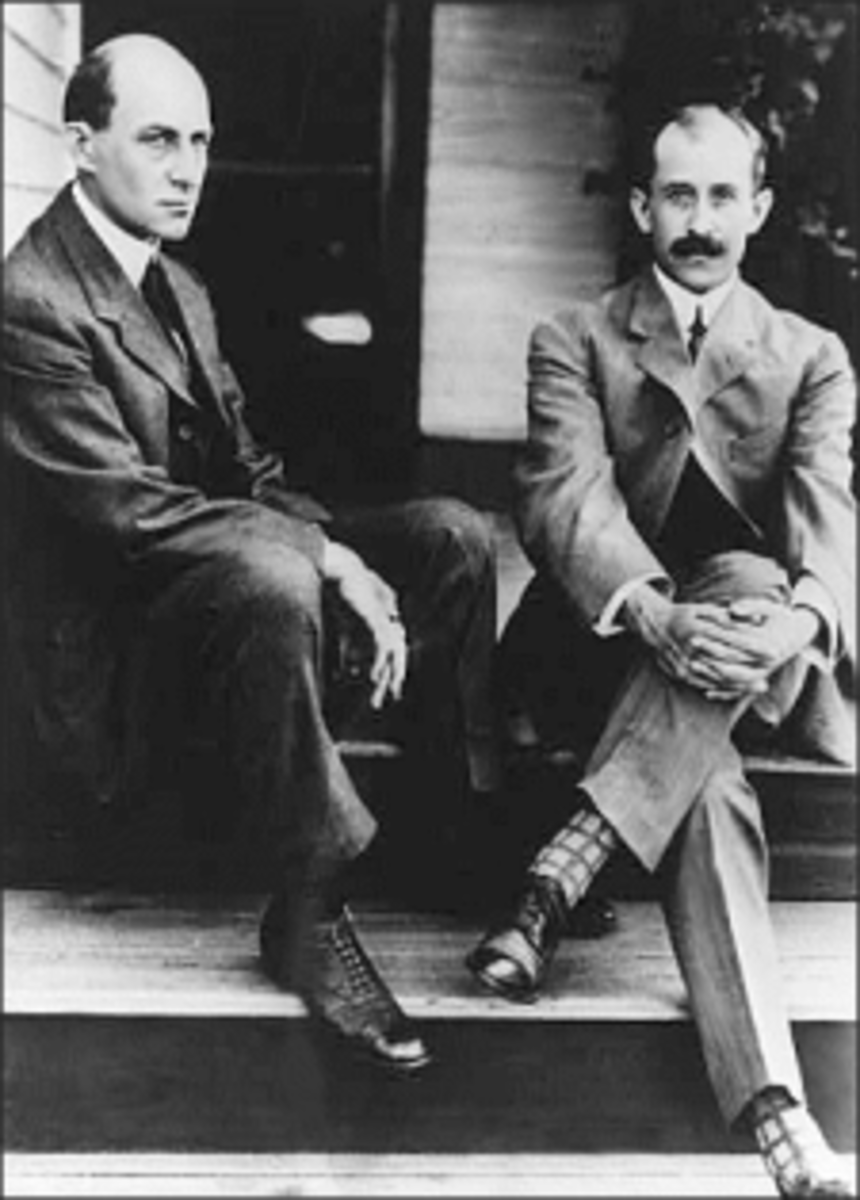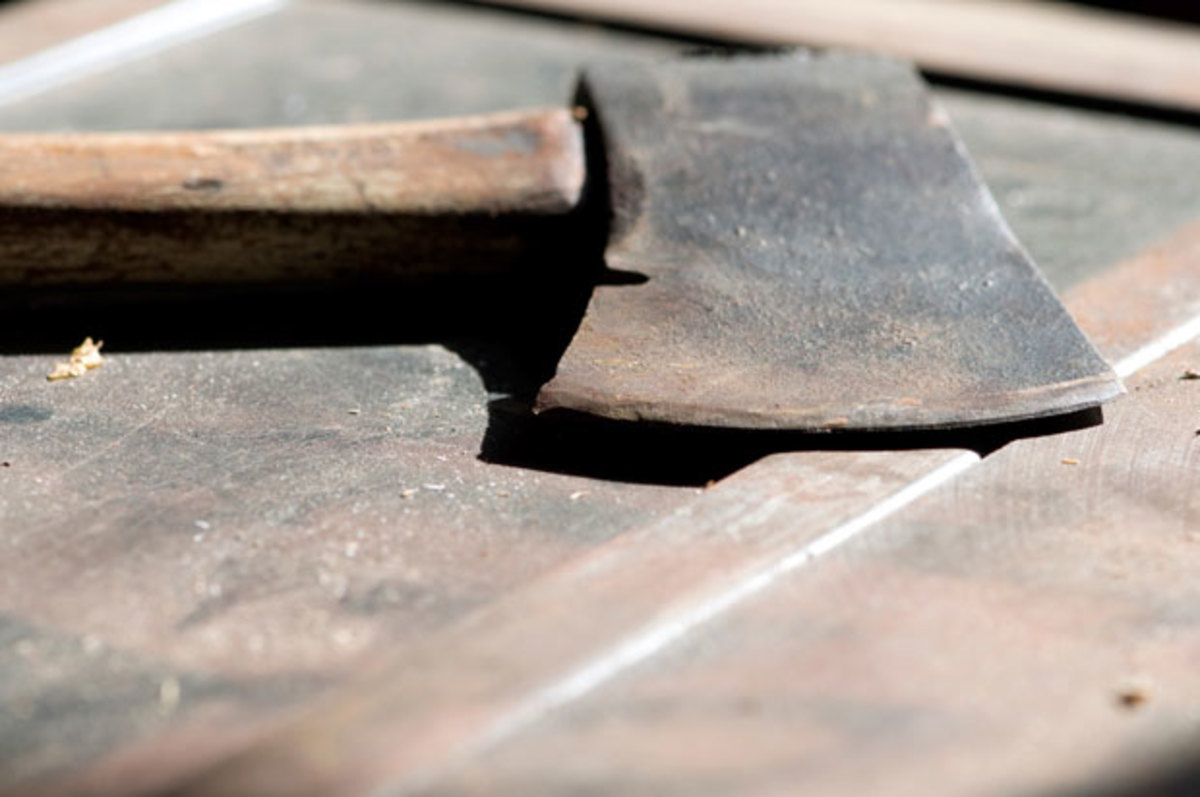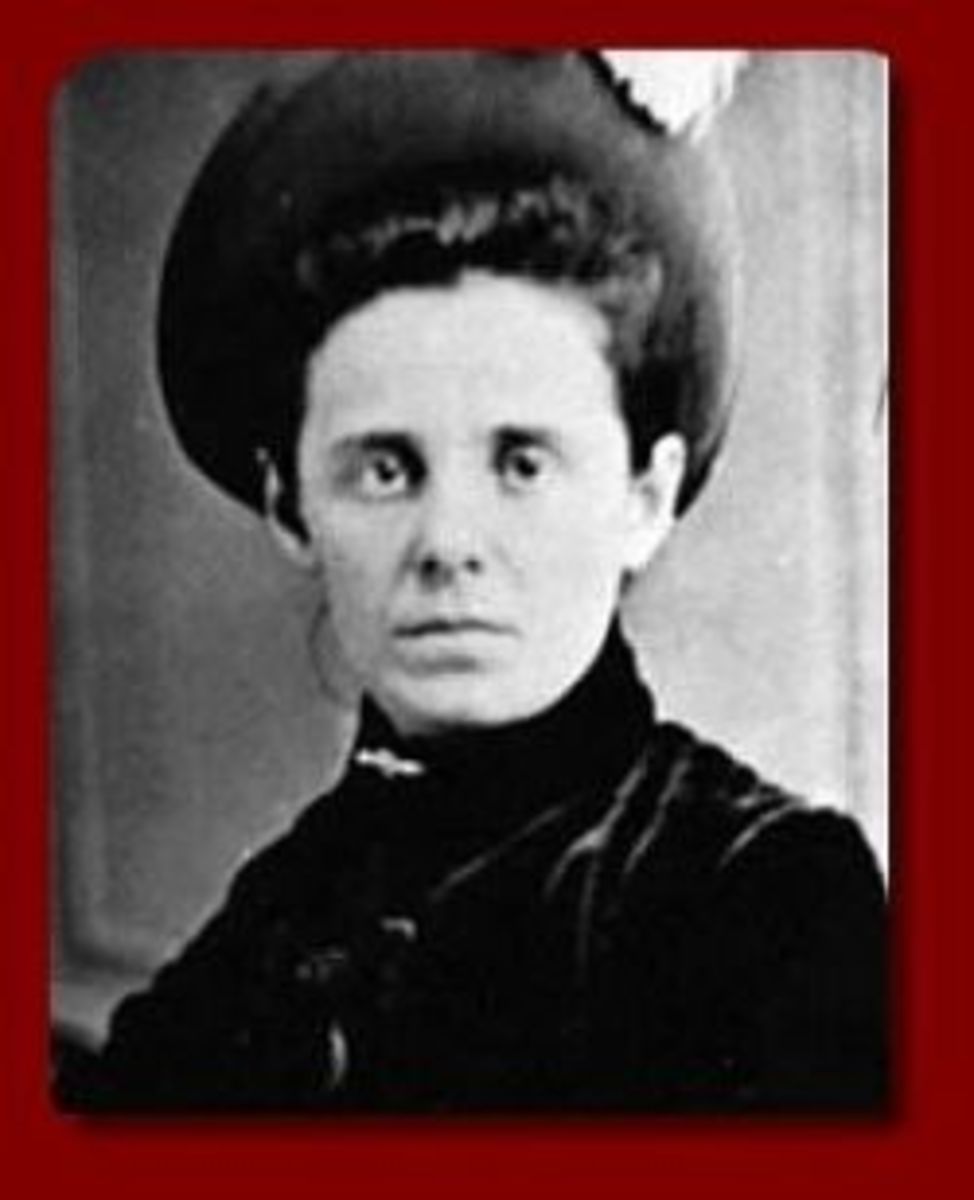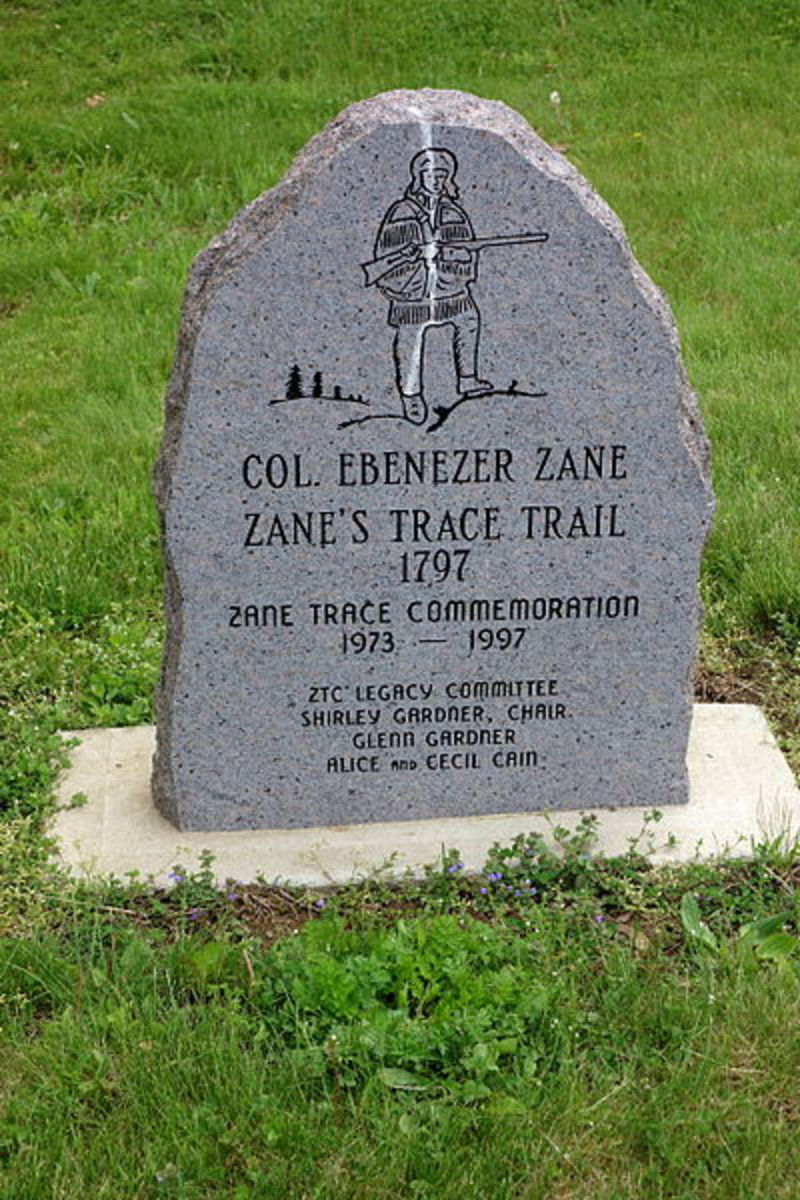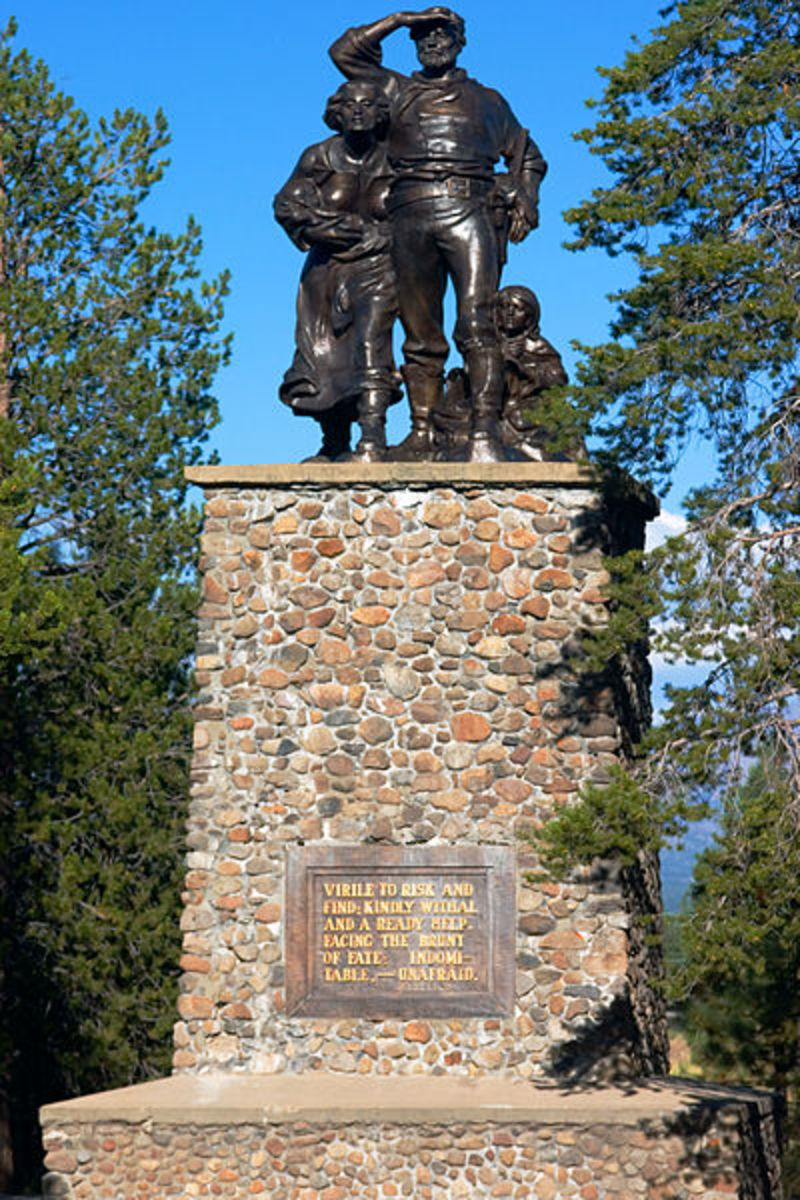- HubPages»
- Education and Science»
- History & Archaeology»
- History of the Americas
The Collyer Brother's Sad Demise


Langley Collyer
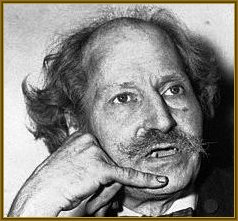
Everyone knows what a pack rat is, not the little furry kind, but the person who keeps or collects everything, whether it’s useful or not. In the more extreme form they are known as hoarders. Probably the most famous hoarders of all time were the brothers Homer and Langley Collyer. They lived in a four-story brownstone in Harlem, New York. The well-to-do family moved to Harlem around 1909 from a fashionable neighborhood in Murray Hill when Harlem was still in its heyday.
Being economically sufficient, the two had a choice of rather they wanted to work or not. Some say one or both of them worked briefly, others say one didn’t, although, both had college degrees. One had an engineering degree and the other, admiralty law.
Either way, they both ended up playing at inventing things and listening to music. When their parents died in the 1920s, they remained at the family home. As time passed the two, became collectively known simply as the Collyer brothers. They also became more and more reclusive.
It’s not certain why they became recluses. It’s thought by many they became prisoners in their own home as many homes in the area were being burglarized at the time. Rumors of their wealth made them a prime target. Also, in the 1920s, Harlem had changed. Many Manhattan blacks were being displaced with the rapid growth of the suburbs.

The Collyer's Building
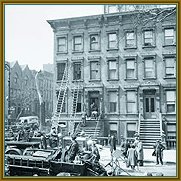
Harlem had many vacant homes, and with no other place to go, that’s where they went. As whites moved out, Harlem’s population became mostly black. The brothers, now in their 40s, stayed where they were and simply cut themselves off from the world. In order to protect their self, they took drastic measures. How drastic will become evident shortly.
The brothers boarded up their windows and set booby traps to discourage thieves. Their gas, water, and electricity were turned off because they stopped paying their bills, including the mortgage. They used a small kerosene heater for warmth. Langley would sneak out at night to get water from a nearby fountain. It was on these trips he foraged for junk to haul back to their fortress. He also began hoarding newspapers.
Eventually, the bank began eviction procedures. However, the cleanup crew who showed up was threatened by Langley. Police were called, but they were unable to enter the house. They tried smashing in the front door but the mountain of junk piled on the other side made the attempt impossible. Suddenly, Langley appeared, seemingly from nowhere, and presented them with a check for the balance of the mortgage and ordered everyone off the property.


By this time Homer, the oldest, was blind and had crippling rheumatism. He was bedridden and Langley cared for him until his death in March of 1947. During that month New York police received an anonymous call informing there was a deceased person in the house.
When the responding officers arrived they had to break in the front door. However, once the door was removed they were confronted by an impenetrable wall of rubbish. The amount of rubbish found in the building would soon shock a nation. Unable to gain entrance there, they were forced to enter through a second floor window, where they found Homer’s body. An autopsy revealed he had died of a heart attack and starvation. Langley was nowhere to be found.
Investigators discovered every floor of the building was filled top to bottom with debris and junk. In all it amounted to over 136 tons that later had to be removed through a hole cut in the roof. In addition to that, the whole building was a maze of tunnels full of trip wires that would bring tons of rubbish down on any intruder if tripped. The entire building was booby-trapped.
Eighteen days later Langley Collyer’s body was discovered by a workman under a pile of newspapers, boxes and other refuse near where his brother had been found. He had been dead several weeks. Investigators determined he had been crawling through a tunnel with Homer’s dinner when he triggered a booby trap and then suffocated. Homer had died waiting for food and water.
Floor by floor workers began searching the house and sifting through the mounds of junk and removing the contents of the building. More than 19 tons of junk was removed from the ground floor alone. Items removed included rope, rusted bicycles, a collection of guns, glass chandeliers, bowling balls, camera equipment, top of a horse-drawn carriage, dressmaking dummies, portraits, their mother’s hope chests, rusty bed springs and more than 25,000 books and magazines. There was also eight cats, a Model T chassis, tapestries, hundreds of yards of silks and fabric, clocks, fourteen pianos, two organs, banjos, violins and countless bundles of newspapers and magazines Police also found 34 bank account books totaling $3,007.18.
Needless to say, the building was a health and fire hazard. It was condemned, razed to the ground and the spot where it stood is now a parking lot.

